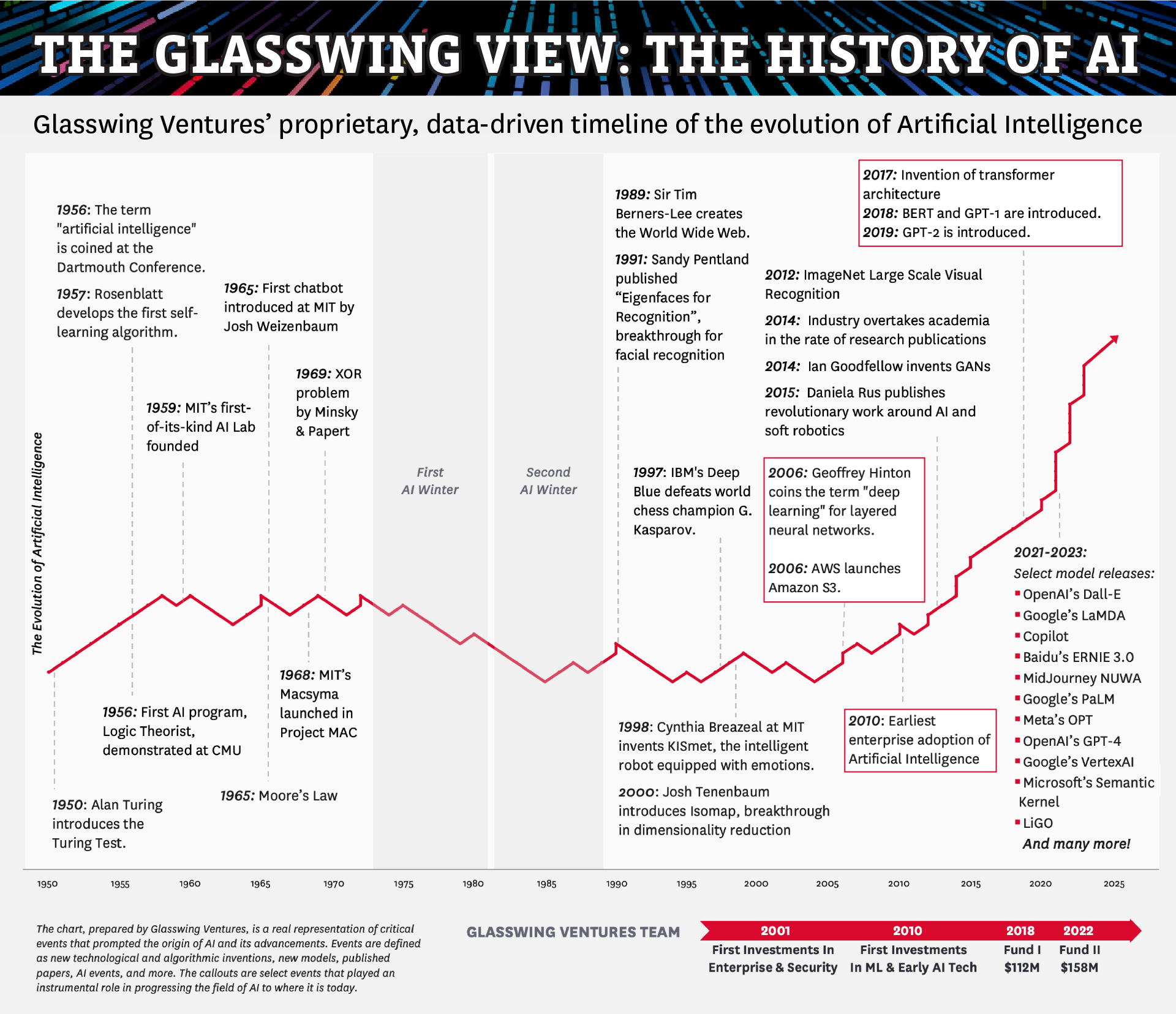How To Start Using AI-Powered Sentiment Analysis
AI sentiment analysis helps you decode the human emotion in text. It enables you to connect with customers on a deeper level than ever before, and discover what they truly like and dislike about your brand. Organizations are fast realizing the power of including their customers’ opinions in their operations, product roadmaps, and strategic business decisions. According to a recent Deloitte report, 40-50% of respondents listed sentiment analysis as a priority for the near future. Once you know how your customers feel you can make products and services tailored to them, as well as fixing urgent issues you might not have even been aware of.
Understanding AI-Powered Sentiment Analysis
AI-powered sentiment analysis is the process of using artificial intelligence to decode the emotional tone of textual data. AI tools can accurately analyze vast quantities of data and classify the sentiment of the text as positive, negative, neutral, or on a more granular scale.
The earliest forms of sentiment analysis were painstakingly slow and manual. Analysts used to trawl through big datasets and classify sentiment by hand. To make it easier to classify emotion in a text, analysts developed rules to capture positive and negative sentiments.
The Evolution of AI in Sentiment Analysis
The arrival of NLP (Natural Language Processing) and Machine Learning made it possible to automate sentiment analysis. The best AI-powered sentiment analysis tools around today use Large Language Models (LLMs) and Generative AI, such as OpenAI’s ChatGPT or Google’s Bard. These models have been trained on huge quantities of data and are smart enough to even pick up on specific emotions like annoyance or anger.
Benefits of AI Sentiment Analysis
Developments in AI have been a game-changer for organizations wanting to analyze large quantities of data. AI sentiment analysis enables organizations to analyze millions of reviews or social media posts instantly, helping them pick up on sentiment shifts in real time and act accordingly.
Recently we tested ChatGPT against traditional rule-based sentiment analysis to see which was more accurate. ChatGPT classified sentiment correctly in 100% of the sentences compared to just 30% for rule-based sentiment analysis.

Real-World Applications of AI Sentiment Analysis
AI sentiment analysis is a powerful tool for organizations looking to really understand what their customers think and feel. Here are some real-world examples of how to use it:
- Analyzing Online Reviews: Only 1 in 26 unsatisfied customers actually complain directly to the company. AI-powered sentiment analysis can process millions of online reviews to help businesses improve their products and services based on customer feedback.
- Social Media Monitoring: Brands can monitor social media mentions to track their reputation and address emerging issues.
- Customer Support Insights: Analyzing customer communications can help identify areas for improvement in customer support processes.
- Processing Large Quantities of Customer Feedback: AI sentiment analysis can help organizations make sense of vast amounts of customer feedback and derive valuable insights.

Getting Started with AI Sentiment Analysis
Starting from scratch with AI sentiment analysis can be daunting, but by following these steps you can apply AI-powered sentiment analysis to your own data:
- Define Your Objectives: Clearly outline what you want to achieve with sentiment analysis.
- Choose the Right AI Tool: Select an AI sentiment analysis tool that aligns with your needs and budget.
- Implement the Tool: Integrate the chosen tool with your data sources and begin the analysis process.
- Monitor and Adjust: Continuously monitor the results and make adjustments to improve accuracy and relevance.
By leveraging AI-powered sentiment analysis, organizations can gain valuable insights from customer data and improve decision-making processes based on customer sentiment.




















